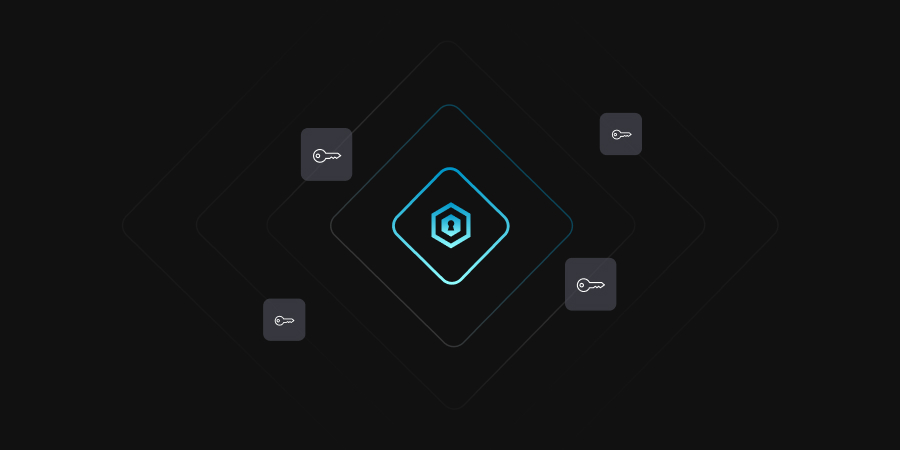
Designing an effective SSH key Rotation policy
Read More
Parnashree Saha is a cybersecurity professional passionate about data protection, including PKI, data encryption, key management, IAM, etc. She is currently working as an advisory services manager at Encryption Consulting LLC. With a specialized focus on public key infrastructure, data encryption, and key management, she is vital in guiding organizations toward robust encryption solutions tailored to customers' unique needs and challenges.
Parnashree leverages her expertise to provide clients comprehensive advisory services to enhance their cybersecurity posture. From conducting thorough assessments to developing customized encryption strategies and implementing relevant data protection solutions, She is dedicated to assisting organizations in protecting their sensitive data from evolving threats.